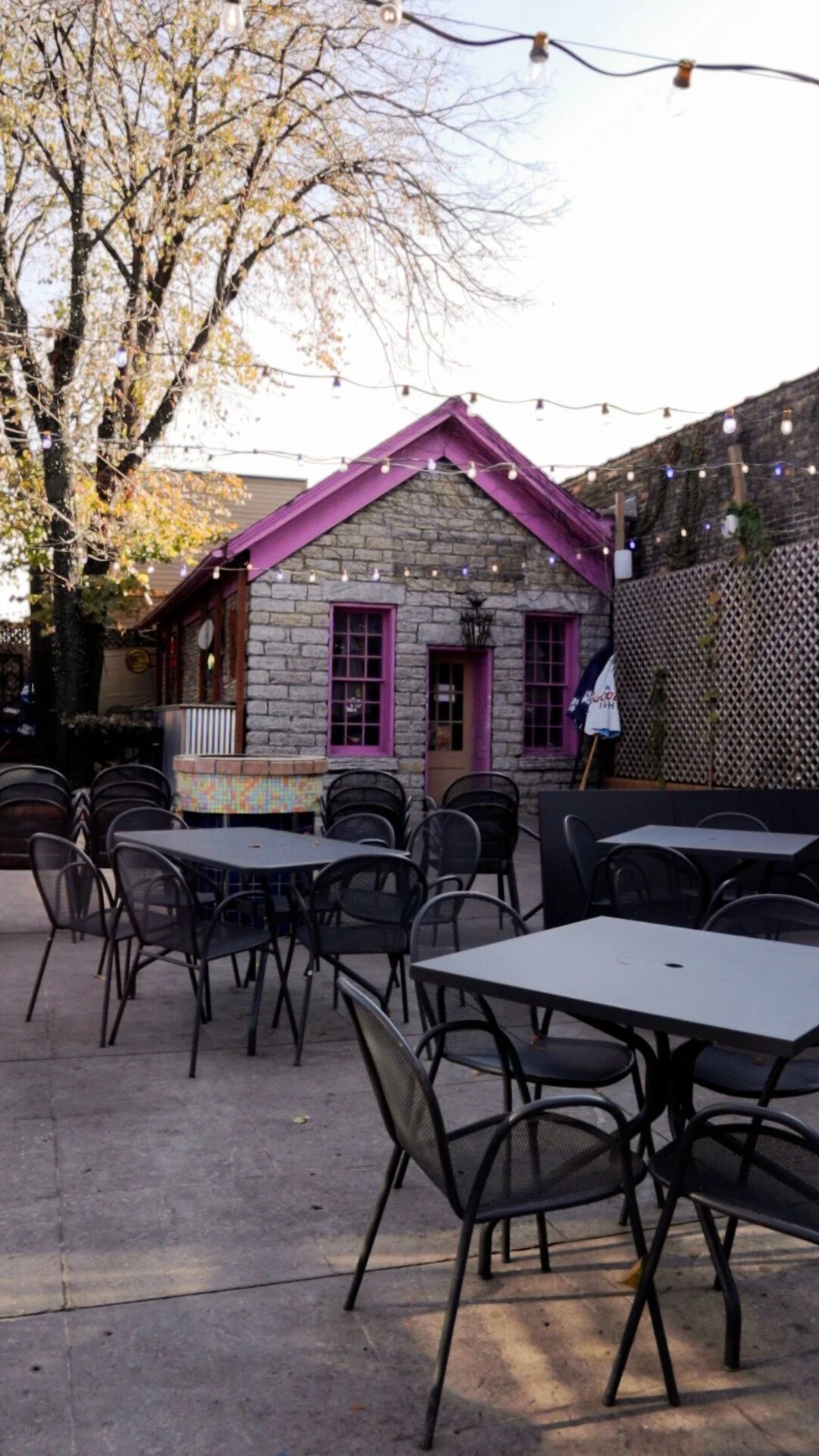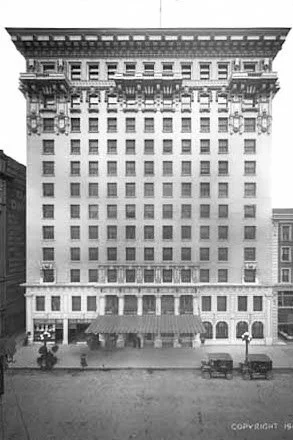UPDATE: The Ramsey Stone House's Richer History
When the Justus Ramsey house was nominated for historic landmark status in 1974, the owner and local preservationists did a lot of research into who had lived in the house and added to its historic value. But they only researched up to a certain point - its most successful (and its most white) inhabitants. Now that the house is being talked about again, a new round of research has revealed a much richer history.
If you need to get caught up on the full history of the Justus Ramsey Stone House, read my previous post HERE.
Beginning in the 1890s, the stone house was a part of what became the first African American neighborhood in Saint Paul. Freed slaves from the post-Civil War South, came to Minnesota to restart their lives. George and Maria Perkins lived in the house from 1900 to 1908. Later, the tiny house was crowded with John and Daisy Hall, Hattie Key, her daughter Lucy, and Hattie’ sister Alice Dean, along with another tenant, Charles Alexander.
A wood framed storefront was built in front of the stone house in about 1915. This shop was used by Lizzie Battles, who lived in the stone house but used the shop for her hair salon and hat shop. In 1933, a project to widen West Seventh and shift the streetcar tracks led to the demolition of Lizzie’s shop - and an example of an early black-owned business was lost.
Besides the Perkins, the Halls and the Battles, the stone house was home to numerous people who had unglamorous jobs, but made an honest living. Work as waiters and domestic servants for the city’s elite or as janitor, dishwasher, and laborer for the burgeoning business district were the first steps for a generation of people “pulling themselves up by their bootstraps”.
The stone house was also home to a long line of men who worked as railway porters for the lines running through the Union Depot. George Perkins was just one of at least fifteen men who lived in the stone house while they worked as porters for the Pullman Company, the Great Northern Railway or one of the other lines that came through Saint Paul.
While the history of Saint Paul’s contribution to the railroad industry has been well examined, especially through the life of the “Empire Builder” James J. Hill, the contributions of its Black railway porters have not. Until the 1960s, railway porters were exclusively black because George Pullman believed that their experience in “servility” made them best-suited for the job. In contrast, work as a railway porter was considered the best job an African American could achieve and they have been widely credited with contributing to the development of the black middle class in America. The porters lived a strange duality - respected for their hard work and reliability, but still subjected to the racism of their white supervisors and passengers. They were respected in their communities for their steady paychecks, but their jobs were still looked upon as menial.
Although it was a job considered one of the best opportunities for black men in a racially prejudiced world, it certainly came at a cost. Porters worked a minimum of 400 hours a month or 11,000 miles, sometimes as much as 20 hours at a stretch. They were not paid for the time it took to prepare their car for a trip. If a passenger stole a towel or other item it was the porter who had to pay for a replacement. They had to pay for all of their own meals and on overnight trips, while they were scheduled to get three to four hours of sleep, those hours were also deducted from their pay. The majority of their pay came from tips which required a constant attitude of servility and, the porters called it, “miles of smiles”.
These working conditions soon pushed for the formation of the first all-Black union, the Brotherhood of Sleeping Car Porters (BSCP) in 1925. Formation of the nationwide union was instrumental in the advancement of the Civil Rights Movement. The union’s first leader, A. Philip Randolph, went on to help organize the March on Washington in 1963. It was also leaders from the BSCP who agitated to end unfair labor practices in the defense industry and to end racial segregation in the military. Union organizer and former Pullman porter E. D. Nixon played a crucial role in organizing the Montgomery bus boycott in Alabama in 1955. It was Nixon who bailed Rosa Parks out of jail after she refused to move on the bus, and she became the face of the movement.
Locally, St. Paul resident and Pullman porter Frank Boyd was an early agitator and organizer for unionizing the railway workers. In January 1926, despite warnings from his boss, Boyd held public Brotherhood of Sleeping Car Porters meetings in order to form a chapter in St. Paul. He was fired from his job and was unable to find steady work again for decades. He continued to volunteer for the union and slowly saw its members get better hours and higher wages. At a celebration for his retirement in 1951, A. Philip Randolph honored him with a speech, calling him “a black revolutionist who would be remembered with Nat Turner and Frederick Douglass.”
1933 was the end of Lizzie Battle’s shop in front of the Ramsey stone house, just as the 30s were the end of the African American presence in the “Uppertown” neighborhood and Seven Corners. Streetcar lines were stretching farther and farther into the suburbs, the wealthy were building houses in the “country”, and jobs as domestic workers and laborers followed them. Real estate covenants known as “redlining” limited neighborhoods that African Americans could live. When the Saint Paul Union Depot closed in 1971, many of the porters and Red Caps (porters who worked at the Depot, but did not travel on the trains) went to work as SkyCaps at the Minneapolis-St. Paul Airport.
Today, there are no physical reminders of this history on or around West Seventh. While the mansions, saloons, and white-owned businesses in the neighborhood have been saved and protected, African American history has been wiped away - except for the Justus Ramsey House.
The story of black railway porters may not have been considered relevant or valuable when the Justus Ramsey Stone House was nominated in 1974, but it is certainly valuable today. We have the unique opportunity to restore a connection to the neighborhood and educate us all on a history long overlooked. If it is decided that the stone house really can’t stay in its original location on West Seventh, perhaps it should be relocated to the park that honors Frank Boyd on Summit Hill, to the Minnesota Transportation Museum that houses many retired Pullman cars, or closer to Union Depot where many of the house’s occupants took such pride in their work.
To read my original post about the Justus Ramsey Stone House and the rest of its history, click HERE.
To ready my post about the decision of the Saint Paul Historic Commission to deny demolition of the Justus Ramsey Stone House, click HERE.
NOTE: A special thank you to Tom Schroeder of the Waldmann who shared his research of the recent history of the Justus Ramsey house with me and who continues to fight for its preservation.











